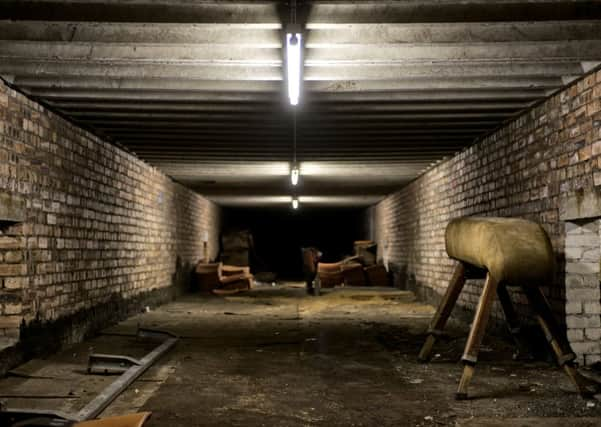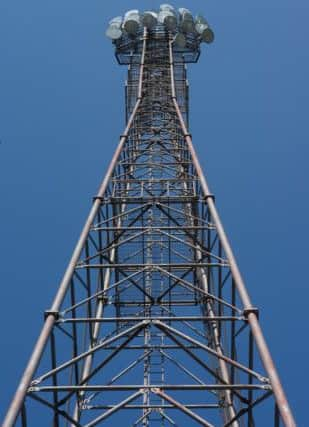100 Weeks of Scotland: Meadowbank Stadium


Week 91
This week then, I have travelled back in time to the venue of the 1972 and 1986 Commonwealth Games, Meadowbank Stadium in Edinburgh. When it was initially built, replacing an older football and speedway stadium, it was to have a life expectancy of just one year, before it was to be demolished and then rebuilt. Financial constraints meant this never happened, and for almost 45 years the old stadium has quietly awaited its fate.
‘Legacy’


The word ‘legacy’ is often bandied about before major sporting events are staged, and then quickly forgotten afterwards. Meadowbank, however, has been a true example of legacy, long before it became the buzzword so beloved of sports administrators. It has provided many years of multi-use activities and sports. Indeed, with the exception of swimming, it can cater for almost any sport.
Advertisement
Hide AdAdvertisement
Hide AdIt has been used for European Summits, Beer Festivals, rock concerts, Firework displays and a host of other activities throughout its life, in addition to its main use as a major sporting venue for the city. It has played host to most of the world’s top athletes at one time or another. Puskas and Bobby Charlton played here in the World Five-a-side Championships in the early 70s.
Its brutalist 1970s architecture, which would not look out of place in an episode of Thunderbirds, has seen better days and plans are afoot to finally demolish the stadium and sports halls and rebuild a smaller, more modern complex on the site. The building is a dream to photograph, all sharp angles and geometry. I have always loved the look of the stadium and will be sad when it is gone, although it is undeniable that change is now needed.
Surprises
There are many surprises to be found here. The squash courts could not be used in winter time as an underground river flows beneath them - when the water level rose the floors would become uneven. There are tunnels that run the entire length of the complex that were recently cleared. Old trophies and pommel horses still lurk in the shadows. The old climbing wall has now, for the inevitable health and safety reasons, been converted to possibly the tallest cleaners cupboard I have ever seen. It is hard to believe that when it was built the boilers were initially fuelled by coal, not gas.
The giant scoreboard first saw action at the 1984 Los Angeles Olympics before being transported to Edinburgh for the 1986 Commonwealth Games. It no longer works.
There are rooms full of racks of giant tungsten batteries and old 1970s and 80s telephone fittings. Out-of-date technology, once state-of-the-art, still resides in the control and commentary rooms. And yet despite all this the stadium still works, and works well. It is as busy at is has ever been, hosting a plethora of sports and events on a daily basis. When I visited the sports halls and running track were buzzing with the noise of hundreds of children on summer sports programmes.
Full of idiosyncracies and quirks, and a bit rough round the edges, the glory days of the Commonwealth Games may have gone but Meadowbank has endured and provided a true legacy – to cater for almost every sport imaginable to the people of Edinburgh and Scotland. It has lasted almost fifty times longer than it was originally built for – not many buildings can claim that.
• Alan McCredie began the ‘100 weeks of Scotland’ website in October last year, and it will conclude in Autumn 2014. McCredie’s goal is to chronicle two years of Scottish life in the run-up to the independence referendum.
Alan says ‘one hundred weeks...’ is intended to show all sides of the country over the next two years. On the site, he says: “Whatever the result of the vote Scotland will be a different country afterward. These images will show a snapshot of the country in the run up to the referendum.
Advertisement
Hide AdAdvertisement
Hide Ad“The photos will be of all aspects of Scottish culture - politics, art, social issues, sport and anything else that catches the eye.”
Follow the project at www.100weeksofscotland.com. You can also follow Alan on Twitter @alanmccredie.